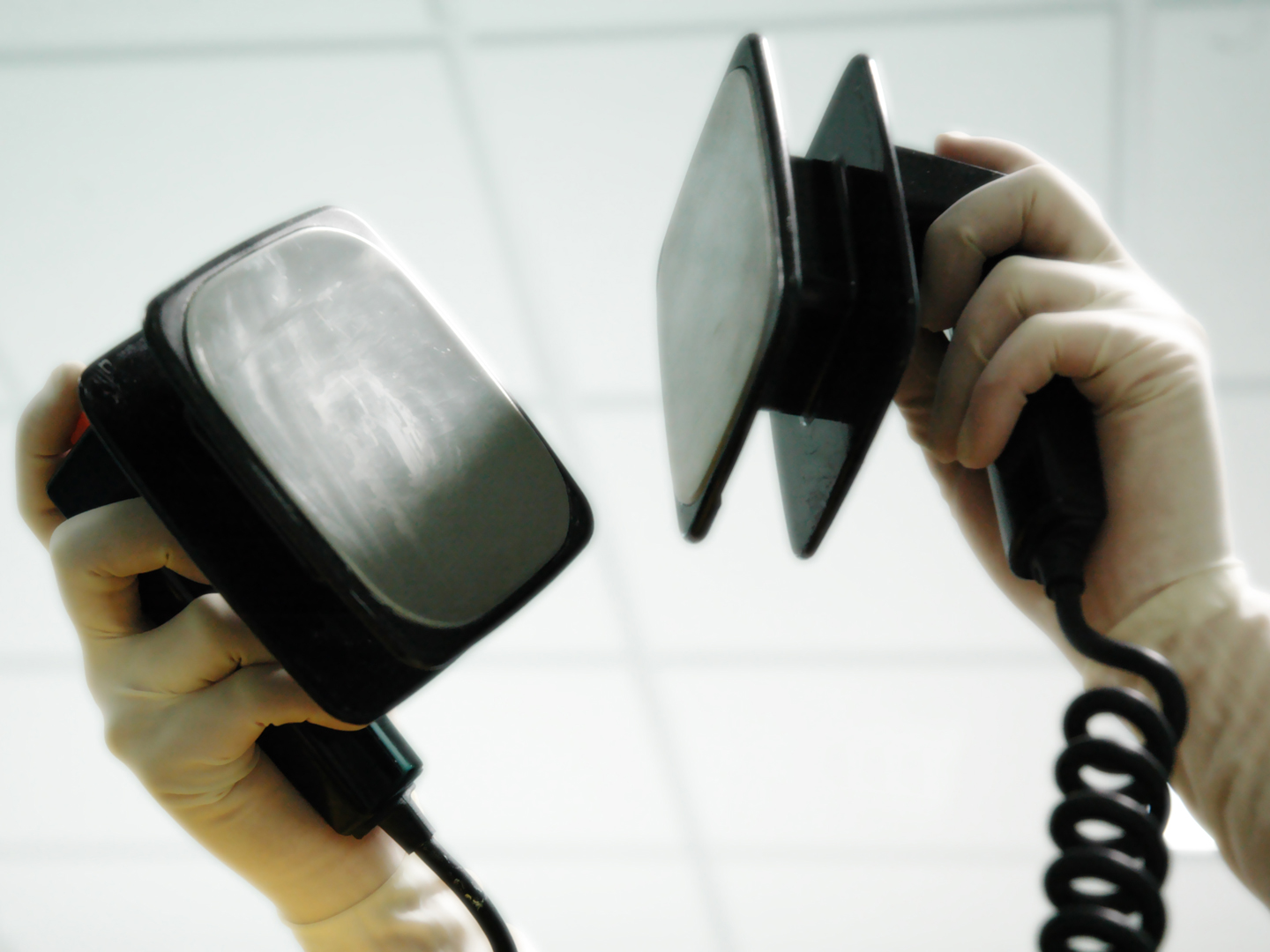Masked Hypertension Connected To Longer Work Hours?
I’ve been told that people who work more than 40 hours a week are likely to have high blood pressure that doesn’t show up on regular tests. Is this dangerous?
Andrew Weil, M.D. | February 10, 2020

Results of a Canadian study published in December 2019 showed that office workers who spend 49 or more hours a week on the job were 70 percent more likely than people who work fewer than 35 hours per week to have “masked hypertension”, where an individual has high blood pressure when performing their regular activities, but normal blood pressure measurements in a doctor’s office. The study also found that people who worked the longest hours were more likely to have sustained hypertension that is detectable at doctor visits. Normal blood pressure is less than 120 over less than 80. About a third of Americans age 18 and older have high blood pressure – defined as a reading above 140/90 mm Hg (millimeters of mercury) – and it’s estimated that 15 to 30 percent of adults in the U.S. have masked hypertension. High blood pressure is a primary factor in more than 82,000 deaths per year.
The Canadian study found that almost 19 percent of the 3,500 workers participating had sustained hypertension and that some already were taking medication for it. More than 13 percent of those tested had masked hypertension and weren’t being treated. The link between long working hours and high blood pressure was about the same for both men and women. For the study, the participants wore monitors that checked their resting blood pressure three times in one morning and then took readings every 15 minutes for the rest of the day.
Study leader, Xavier Trudel, Ph.D., of Quebec’s Laval University, said that workers should be aware that long hours on the job might affect their heart health and should ask their doctors about using a wearable monitor to check their blood pressure over time. This records blood pressure every 20 minutes while you’re awake and once an hour when you’re asleep.
Dr. Trudel warned that masked hypertension can affect someone over a long period of time and is associated with an increased risk of developing cardiovascular disease. He noted that his team has previously shown that over five years about one out of five people with masked hypertension never exhibited high blood pressure in a clinical setting, potentially delaying diagnosis and treatment.
Hypertension is the most common risk factor for cardiovascular disease in the U.S., affecting one in three adults. People with masked hypertension may have a higher than normal risk of stroke and other cardiovascular problems, but these risks aren’t believed to be as high as they are in people with sustained high blood pressure.
In some cases, blood pressure increases when it’s measured in a medical office. This so-called “white coat hypertension” is due to a patient’s anxiety, likely a conditioned response to seeing a doctor. The best way to determine whether these elevated readings are solely the result of white coat hypertension is to check your blood pressure at home with a well-calibrated monitor (they are widely available). If you decide to do this, check your blood pressure at least twice a day, at random times, and keep a log of the readings to share with your doctor.
Andrew Weil, M.D.
Source:
Xavier Trudel et al, “Long Working Hours and the Prevalence of Masked and Sustained Hypertension,” Hypertension, December 19, 2019.












